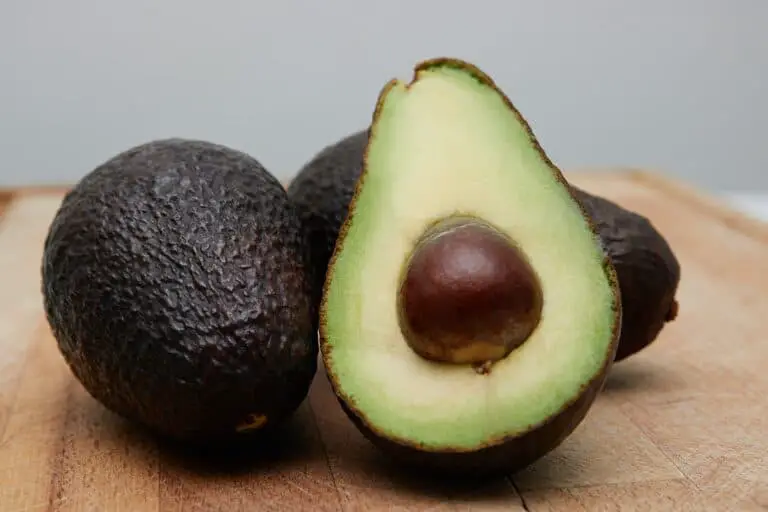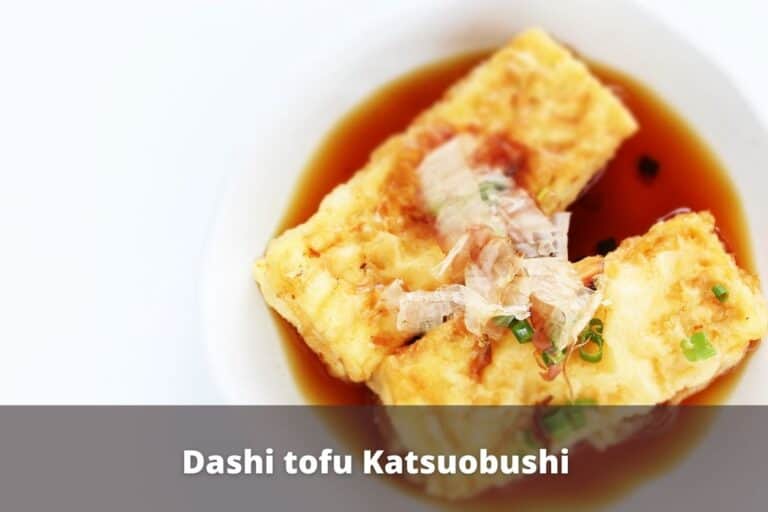How To Cut the Taste of Garlic? [7 Fixes]

Garlic is a prominent aromatic ingredient that plays a role in soups, dressings, meat dishes, vegetable dishes, and baked goods globally.
Many people adore garlic and do not think you can use it too much. But, if you feel otherwise, there are several ways to reduce the strong flavor in your dish.
Here are a few ways to cut the taste of garlic, the types of garlic, and its uses.
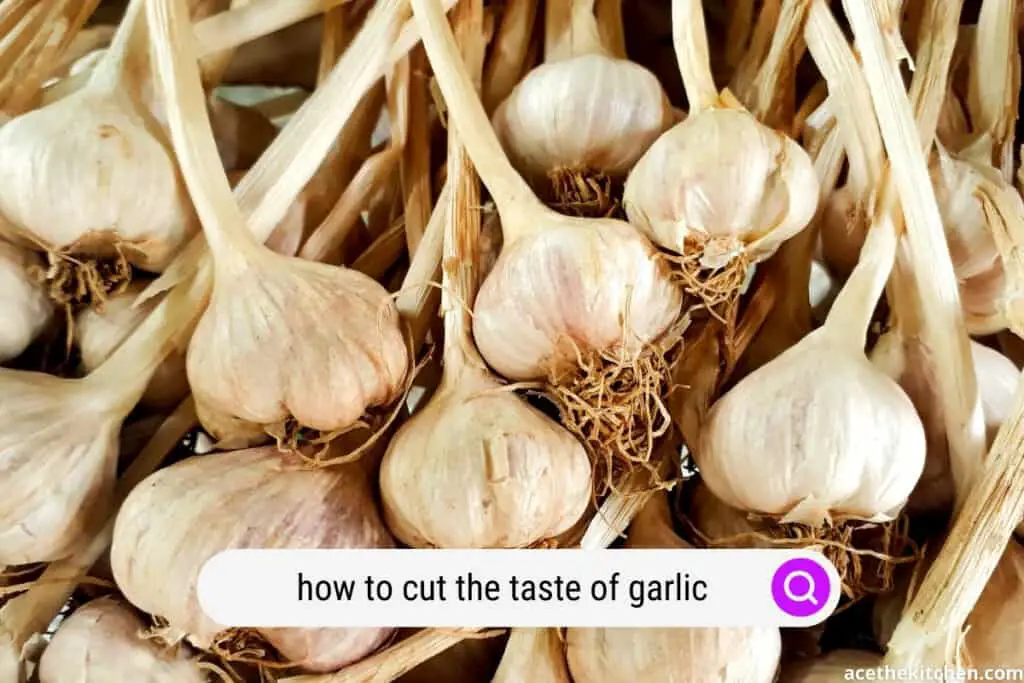
What Types of Garlic Are There for Cooking?
As you cook with garlic, you must understand there are a few different types of garlic and ways of using it. All these variables affect how garlic tastes and, in some cases, affect your ability to reduce the flavor.
There are several varieties of garlic, such as soft neck garlic or Japanese garlic. You may know these varieties as fresh “culinary” garlic in the grocery store.
The way you cut these fresh cloves can affect the flavor. Usually, the smaller you cut the garlic, the stronger it will taste. So minced garlic tastes stronger than whole garlic.
The way you cook garlic can also affect the final level of garlic in your dish. Raw garlic starts bold and bitter, and once it cooks down, it is a softer, savory flavor. Generally, the earlier you add garlic, the more melded the final flavor.
For a processed variety, you can choose garlic powder. Garlic powder usually tastes milder than fresh garlic. Using garlic powder is an easy answer to the question, “How to cut the taste of garlic?”
How To Reduce the Garlic Level
If you add more garlic than you would like to a dish, all is not lost. There are several ways that you can capture the flavor you want. Follow these tips on how to cut the taste of garlic in your food.

Physically Remove the Garlic
If you realize you added too much garlic to your dish, the best first step is to try to physically remove the garlic from your dish using a spoon or other tool. For example, if you are making soup that calls for four cloves of garlic and accidentally add four heads of garlic, try to scoop the garlic and save it for something else.
Remember that fresh garlic is bolder than cooked garlic. So, if you taste your dish right after you add garlic and it tastes too strongly of garlic, the flavor may mellow with more cooking.
As a result, this method may only be necessary if you know you added too much garlic and can remove it immediately. However, if you can not still scoop out the garlic, let the flavors mellow and try one of the other techniques on this list if necessary.
Dilute the Dish
Depending on the type of dish you are making, you may be able to dilute the flavor of garlic by diluting the overall dish. Try adding more liquid ingredients to the food. You can also simply multiply the recipe by the amount of garlic you used.
If you choose to dilute, keep the overall dish in mind. For example, if wine and vegetable stock are both liquid ingredients of the dish, add proportional amounts of both rather than just adding wine. Try to add more solid ingredients such as vegetables as well.
Give the Food More Time
Sometimes you can reduce the flavor of garlic by simply cooking it longer. Raw garlic starts sharp, and the flavor becomes softer with more cooking. So, you can remove a lot of the strong garlic flavor by simmering your food for longer. The flavors of the dish should meld and deepen with applied heat.
If possible, try to let your dish rest for a while. Letting your food sit for a few hours or overnight can allow the flavors to meld and deepen. Then when you are ready to serve the food, reheat the dish. Of course, this method is only possible with certain foods.

Add Acid
Cooking is all about creating the right balance of flavors. So, if you want to minimize the strong flavor of garlic, you should balance it with other prominent flavors. Acid is an ideal complement to the bitterness of raw garlic and the savory flavor of cooked garlic.
If you are cooking something that already calls for an acidic ingredient, simply increase the amount of acid you use. In some cases, you can change a recipe by adding an acidic ingredient. Try increasing or adding lemon juice, lime juice, ponzu, lime juice, or vinegar.
Add Something Sweet
Sweetness is another flavor that can balance the bitterness of garlic. A small amount of white sugar, brown sugar, honey, agave, or other sweeteners can go a long way towards softening your dish.
Be very careful when adding a sweetening agent to a savory garlic-forward dish. You do not want to create a garlic orzo dessert. Start with less sweetener than you need and add more as needed.
Add Onions or Other Aromatics
Garlic is one of many aromatic ingredients that adds flavor and scent to a dish. Other examples of aromatics include onions, carrots, fennel, lemongrass, chili peppers, parsley, and pepper. If you feel there is too much garlic in your dish, add a few of these aromatics and see how the flavor evolves.
While this approach will not remove the garlic flavor, it will provide complexity. So, the flavor of garlic is no longer the prominent flavor. Adding other spices can also provide some balance.
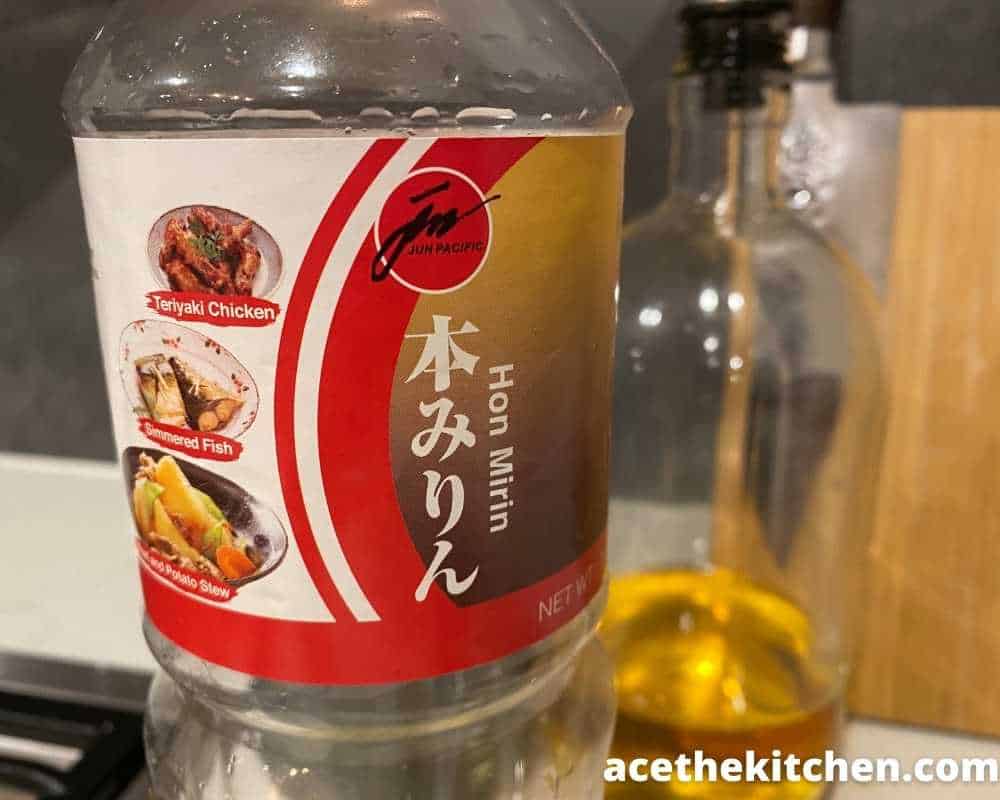
Add Salt
Adding a bit of salt to an overly garlicky dish can balance the flavors and reduce garlic’s bitterness. You should only use this method if the dish is only a bit more full of garlic flavor than you want. If the meal is extremely garlicky, it may be best to try a different method.
Be careful when adding salt since if you add too much, your dish may end up both too garlicky and too salty.
Add Cream
If you make a dish that already has a creamy ingredient in it, adding more cream is one of the most effective ways to reduce the flavor of garlic. The creamy ingredient absorbs the bitterness and helps mellow out the garlic flavor. These creamy agents do not need to be cream from a cow. You can also use any dairy ingredient or plant-based options such as coconut cream and oat milk.
Frequently Asked Questions
Here are some common questions about garlic’s uses.
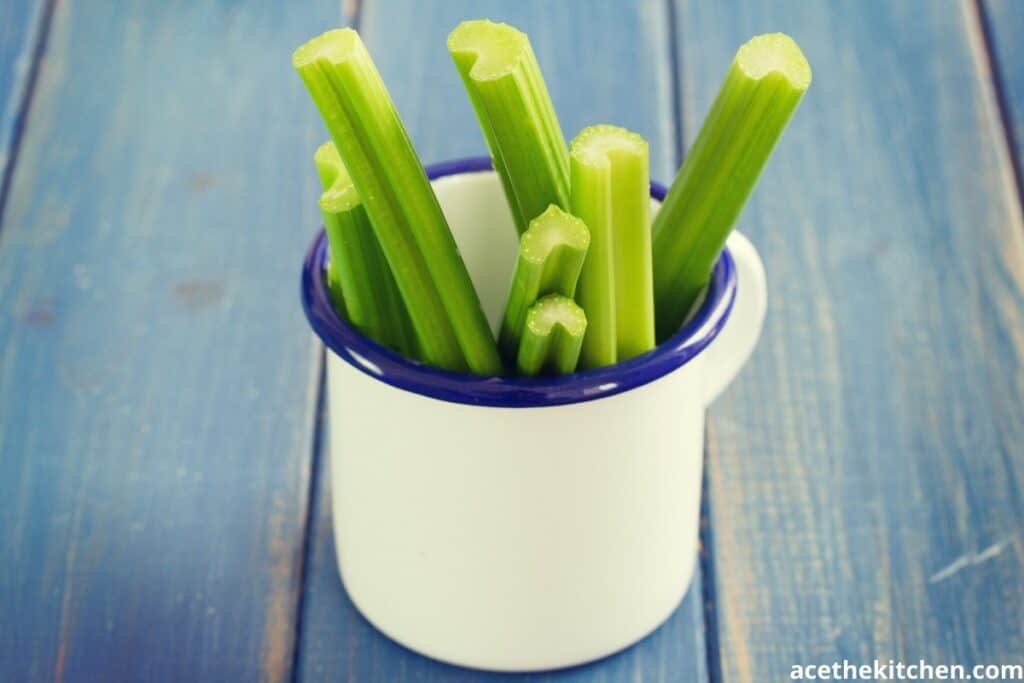
Does garlic have any health benefits?
Several cultures respect garlic not just for its importance in cooking, but for its health-related applications. Over time, garlic treated parasites, leprosy, digestive issues, insect bites, coughs, toothaches, and more.
While the exact way garlic benefits human health is unknown, there is scientific evidence that the ingredient has valuable health benefits. Garlic has anti-microbial properties, and anti-tumor properties, and it can reduce blood sugar.
Is too much garlic bad for you?
There is no conclusive evidence there is such a thing as too much garlic. However, ingesting a lot of raw garlic can lead to gas, heartburn, and diarrhea. Some people are allergic to garlic. So, any amount of garlic is too much for those people. Garlic is toxic to many animals, including cats.
Final Thoughts
So, the next time you host a vampire dinner party and accidentally overdo the garlic, do not worry. Try a few of these methods of cutting the taste of garlic, rather than an extreme level. Plus, now you also understand how to cook with garlic in general. So, you can avoid those strong flavors in the first place.
And, that’s how you cut the taste of garlic.

